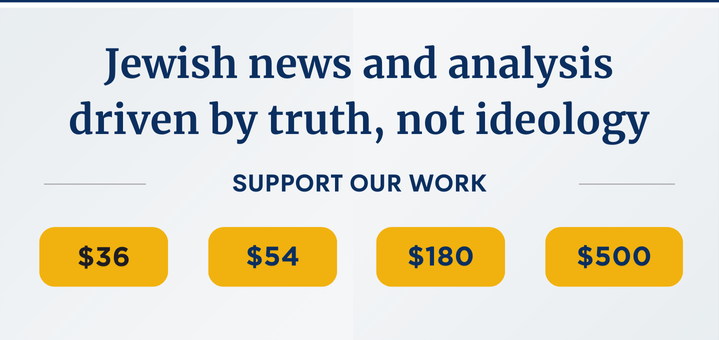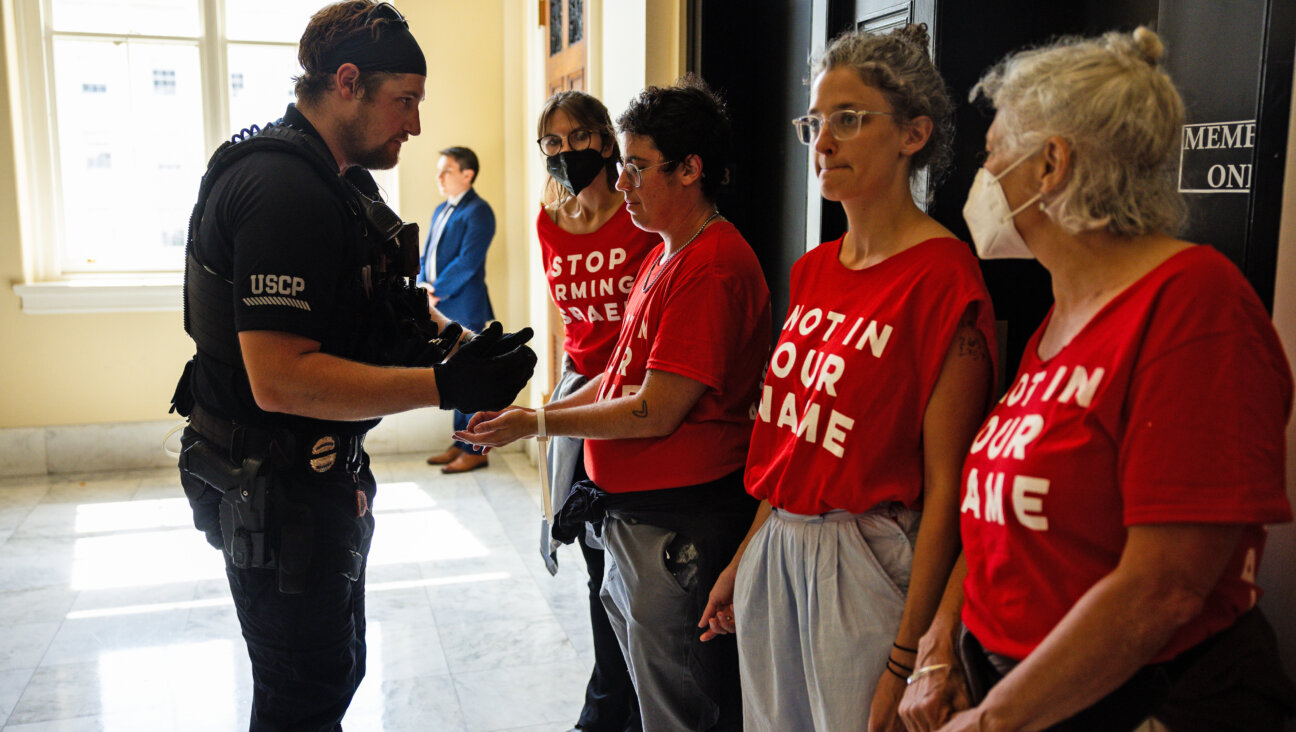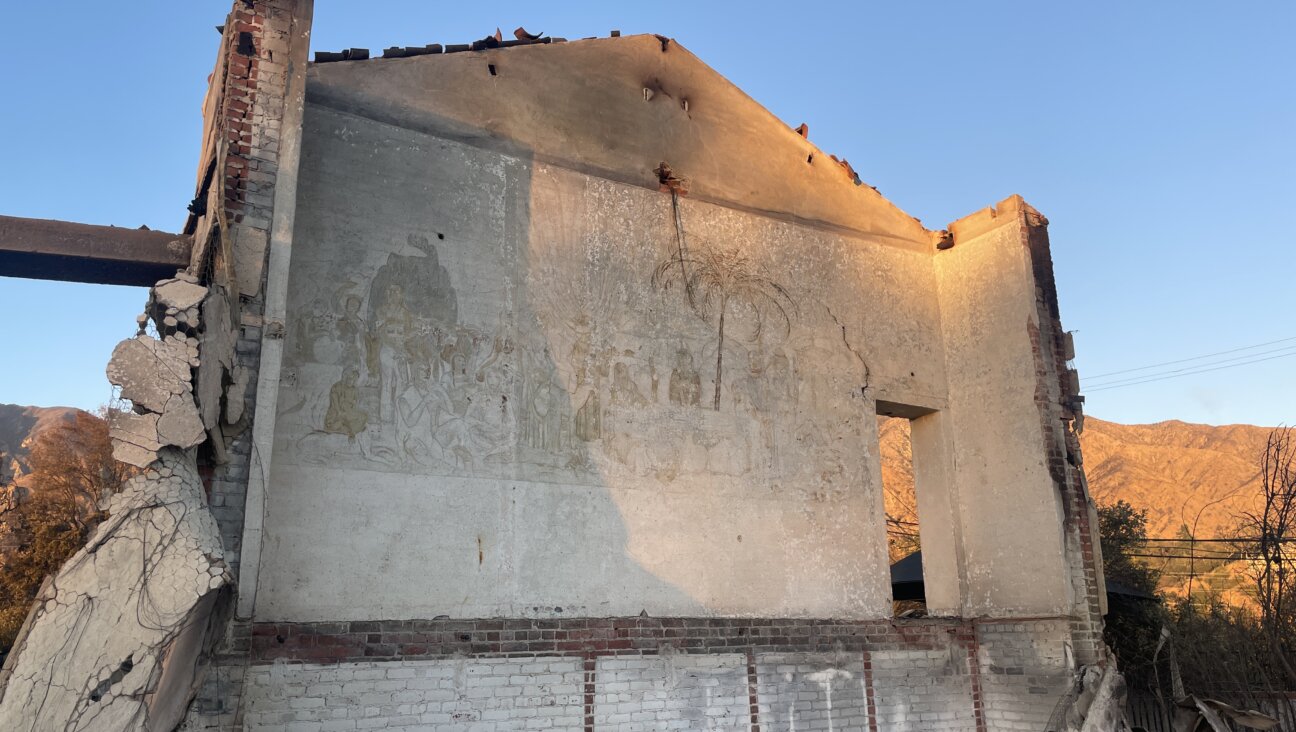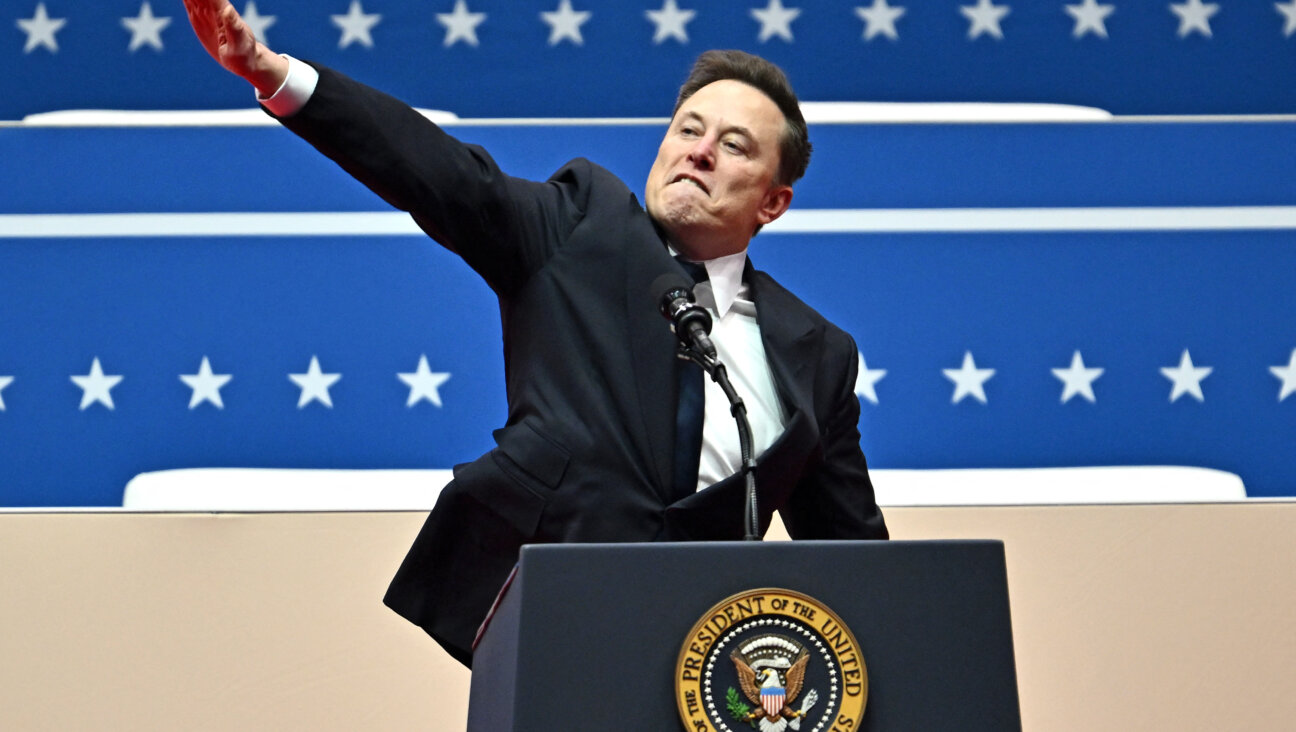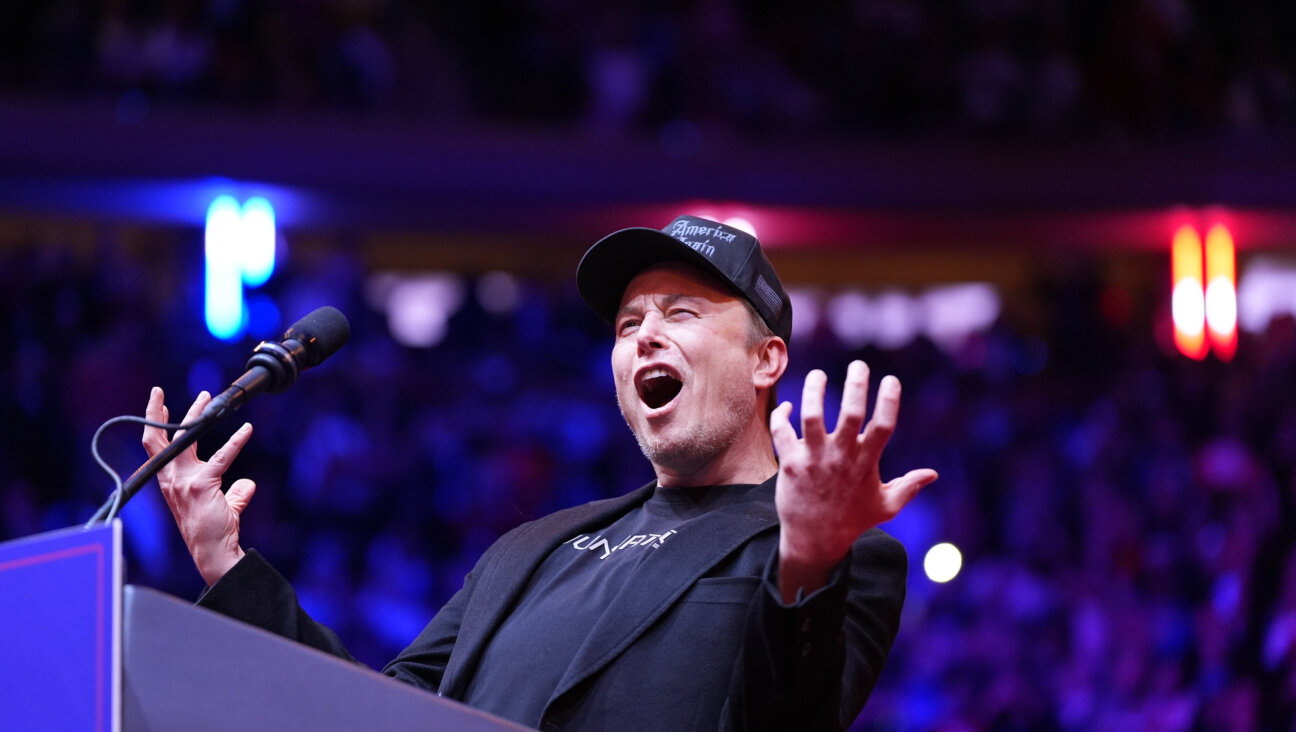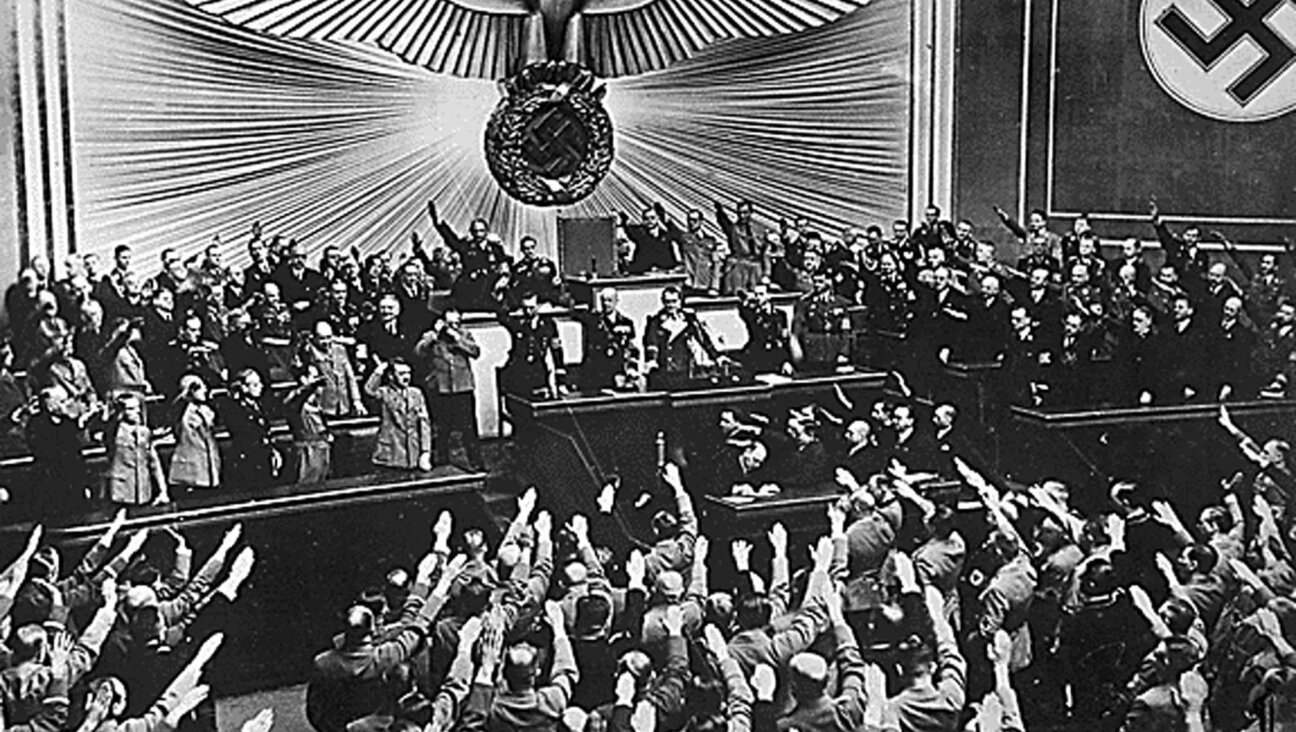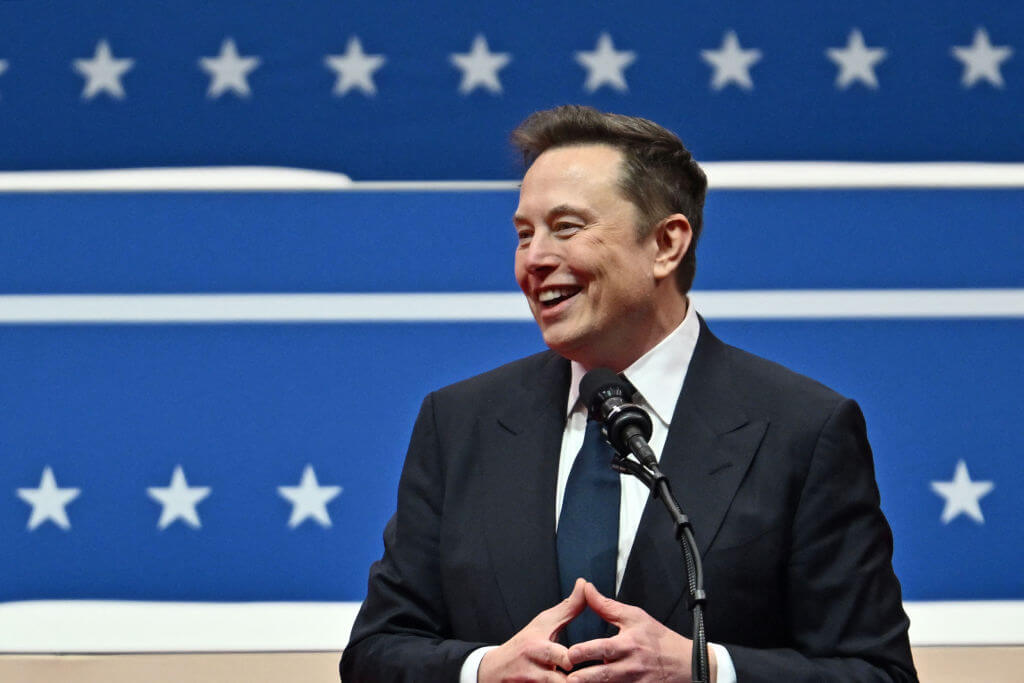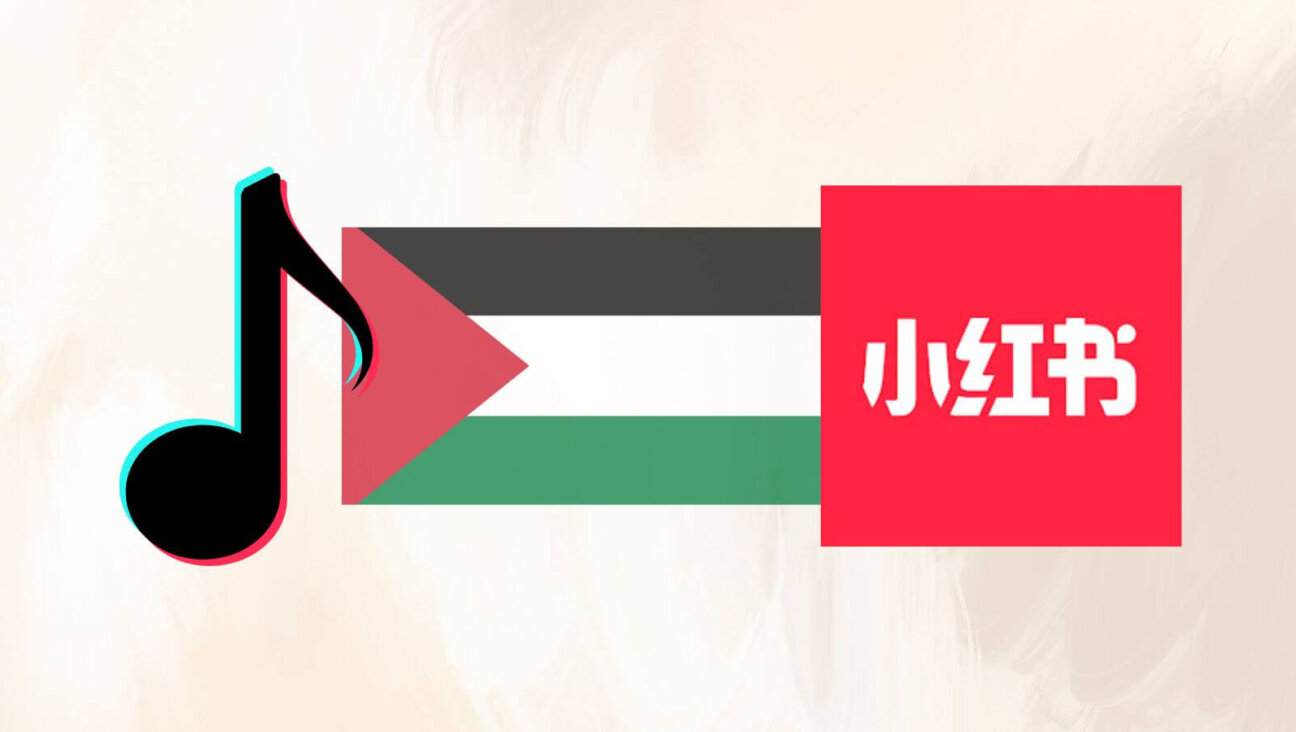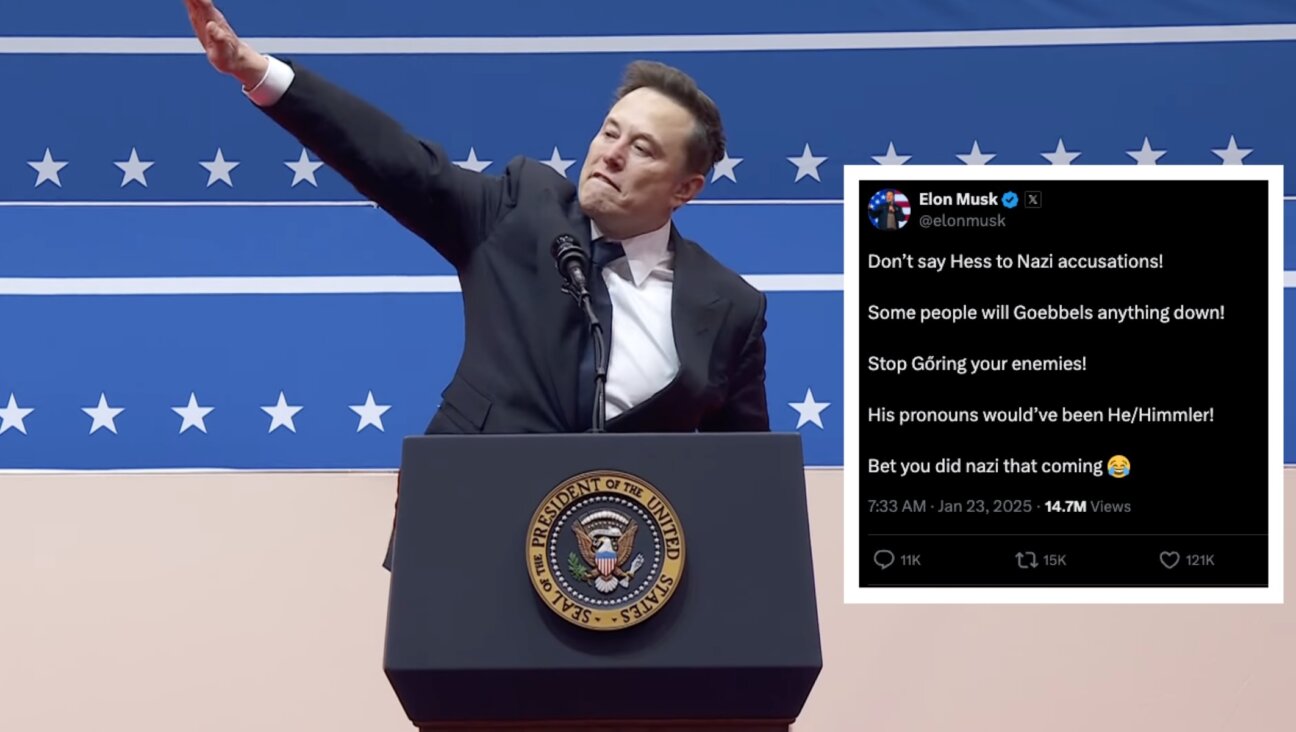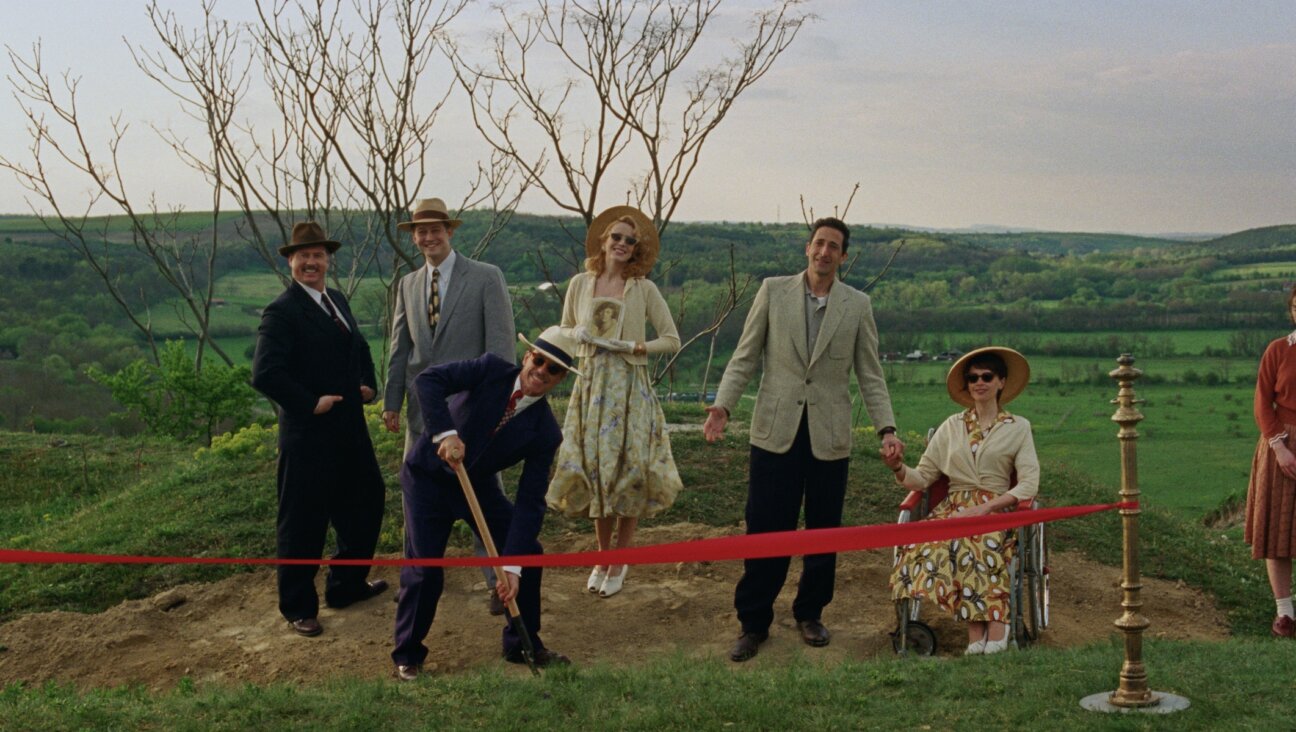A Pope Passes and With Him Dies A Golden Age in Interfaith Relations
FORWARD FORUM
I met Pope John Paul II in 1985. We were introduced by his personal secretary, confidante and fellow Pole, Stanislaw Dziwisz.
“Hello, my dear compatriot!” the pope greeted me in Polish.
“Good morning, Holy Father,” I answered in Polish.
“So we are both from Warsaw, aren’t we?” he said.
“No,” I replied. “I am from the Warsaw Ghetto.”
Visibly moved, he came to me and hugged me.
We saw each other again a few times after that. He was kind enough to participate in a film I made called “Tzedek” (“Justice”). On one occasion, thanks to his Polish cook, I was even able to again savor the taste of my mother’s homemade cooking.
I also discovered to what a tremendous extent the Jewish condition influenced his thinking. John Paul II had seen the Shoah up close. The only girl he ever loved was Jewish. She was deported on the same day that he lost his father. This double loss left a mark on his life, his choices and, first and foremost, his commitment to the Church.
Karol Wojtyla lived through two totalitarian governments, Nazism and Stalinism. He never forgot the words of Joseph Stalin: “So, how many divisions does the Vatican have?” No sooner had he been elected pope did John Paul II take up the task of addressing this question.
He turned public masses on Saint Peter’s Square into inspections of the Catholic “army.” On television, he announced the presence of delegations of pilgrims from around the world, each crying out joyfully, waving their national flags.
John Paul knew how to rally his flock. He turned his congregation into an army of soldiers, marching against the Soviet empire. The vanguard of his army was his Polish church.
“The desire for freedom is stronger than the fear of repression,” he told me. “The culture of life still withstands the arrows of death,” he said to me another time. This last remark reminds me of the last images of the ageing, ailing pope.
He definitely won his war against totalitarian communism. However, he never managed to win the support of many Catholic intellectuals. When I would speak to him about his conservative ways, he would remind me that he had never excommunicated any of those within the Church who did not approve of his decisions, except for Archbishop Lefèvre, an extreme right-wing member of the French church.
Five years ago, on the eve of John Paul’s historic visit to the Middle East, I met with Cardinal Roger Etchegaraï, the pope’s adviser for the millennium, and Stanislaw Dziwisz, who had introduced me to the pope 15 years earlier, to discuss the symbolic places and gestures that could be included in such a voyage. Yad Vashem, the Holocaust museum in Jerusalem, naturally came to mind. I also mentioned the Western Wall. A handwritten message from the Sovereign Pontiff inserted by his trembling hand between the ancient stones, I suggested to Etchegaraï and Dziwisz, would not only be a way for the Church to ask forgiveness from the dead, but also a way to reach out to the living — to the living, and to their history.
The powerful image of His Holiness in front of the Western Wall has rightly been heralded as one of the great moments of the last century, but what John Paul could not have known was that his gesture of reconciliation signaled the beginning of the end of a golden age for the Jewish-Christian relationship.
At the Western Wall, John Paul asked for forgiveness of the Church from the dead — but he did so based on his intensely personal belief in the need to rectify the wrongs that have befallen the Jewish people. On the strength of this connection to Catholicism’s “elder brother,” he turned an act of atonement for past communal sins into a building block for future coexistence.
But for far too many in a world where racism and antisemitism continue to lurk ever closer to the surface, such acts of atonement can easily turn into a kind of historical confession in which past transgressions are acknowledged and then summarily set aside. Witness the tears shed by the numerous heads of state at the recent Auschwitz-Birkenau ceremony marking the 60th anniversary of the liberation of the camps: They washed away some of the shame that had befallen the place. A debt had been repaid, in part.
John Paul was among the last Christian witnesses of the extermination of a people. He knew Jews; he had seen them live, just as he had seen them die. But I fear that the cardinals who were appointed during John Paul’s papacy to support his conservative policies on contraception, divorce and homosexuality do not have the same intimacy and approach toward the Jewish community.
That is not to say that I believe there will be a radical change in the Catholic Church’s stance toward the Jewish people, or that the laws against racism and antisemitism will be voted down by Western democracies. But with the passing of Pope John Paul II, a large stone has fallen from the wall the world has built against the hatred of Jews.
A message from our Publisher & CEO Rachel Fishman Feddersen

I hope you appreciated this article. Before you go, I’d like to ask you to please support the Forward’s award-winning, nonprofit journalism so that we can be prepared for whatever news 2025 brings.
At a time when other newsrooms are closing or cutting back, the Forward has removed its paywall and invested additional resources to report on the ground from Israel and around the U.S. on the impact of the war, rising antisemitism and polarized discourse.
Readers like you make it all possible. Support our work by becoming a Forward Member and connect with our journalism and your community.
— Rachel Fishman Feddersen, Publisher and CEO






